CASE 6
Sinus elevation and augmentation with phycogenic apatite and dental implantsPatient: female, 56 years
Augmentation of phycogenic apatite in combination with collector bone, PRP and thrombin.
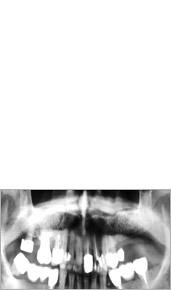
6.1
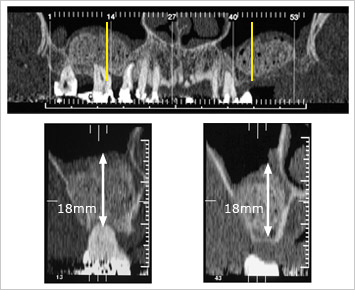
6.2
6.2 Panorex view of a reformatted Dental CT immediately after surgery. Below are the reformatted orthoradial slices 13 and 43 with about 18 mm vertical height of the applied augmentation material. Short after the operation the phycogenic material is only little radioopaque. When using thrombin we always observe bubbles in the augmentation material.
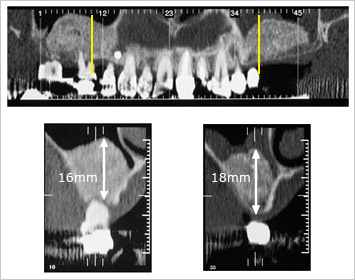
6.3
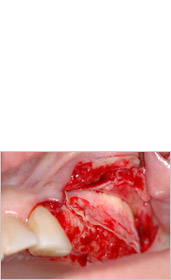
6.4
6.4 Reopening to remove the non resorbable e-PTFE membrane after sinus elevation and sinus grafting. Non resorbable membrane still in situ.
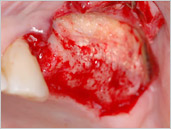
6.5
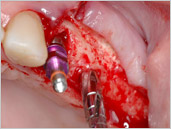
6.6
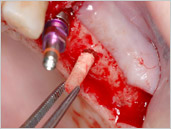
6.7
6.6 Behind the immediate inserted implants in region tooth Nr. 12, harvesting of a core sample for histology before insertion of the implant in region Nr. 13.
6.7 Removing of the core sample for histology.
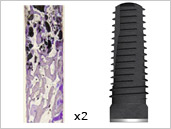
6.8
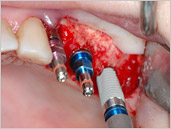
6.9
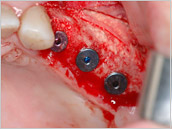
6.10
6.9 Situation after insertion of an immediate implant in region Nr. 12, insertion of an implant in region Nr. 13 and before inserting the implant into region Nr. 14.
6.10 Situation after applying the cover screws and filling the gap around the implant in region 12 with the phycogenic augmentation material.
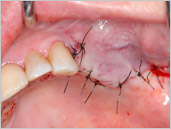
6.11
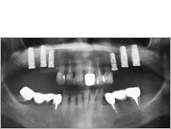
6.12
6.12 Panorex after insertion of 6 implants.
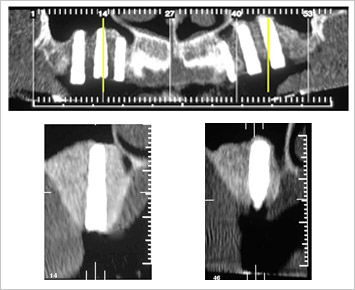
6.13
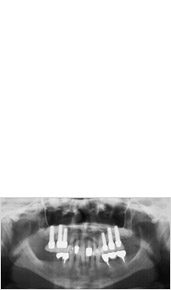
6.14
6.14 Panorex 3.5 years after sinus elevation and sinus grafting.
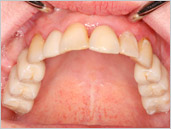
6.15



